LIKE PUNTERS chasing winners, anglers go into the Spring Carnival confident of success with their favourite fish, as STEVE COOPER reports:
IN VICTORIA, spring is synonymous with the Melbourne Cup, and the annual migration of snapper into Port Phillip Bay. Ever since John Batman settled at what is now Melbourne in 1835, anglers have spent Victoria’s miserable winters in confident expectation of the crimson flood. And the long weekend that is the Melbourne Cup in November is the peak of the snapper season.
Whether you call them snapper or just plain reds, it doesn’t matter; just so long as you catch one. Snapper is the most sought-after species in Victorian waters, and there is no better place to seek Big Red than Port Phillip Bay.
Port Phillip Bay is unique in many respects, including its capacity to continue to yield large numbers of pinky snapper (less than two kg) and the chance of larger fish of up to 10 kg. Where else in the world does the angler have such opportunities in an embayment with almost four million people – 20 per cent of the nation’s population – living around its shores?
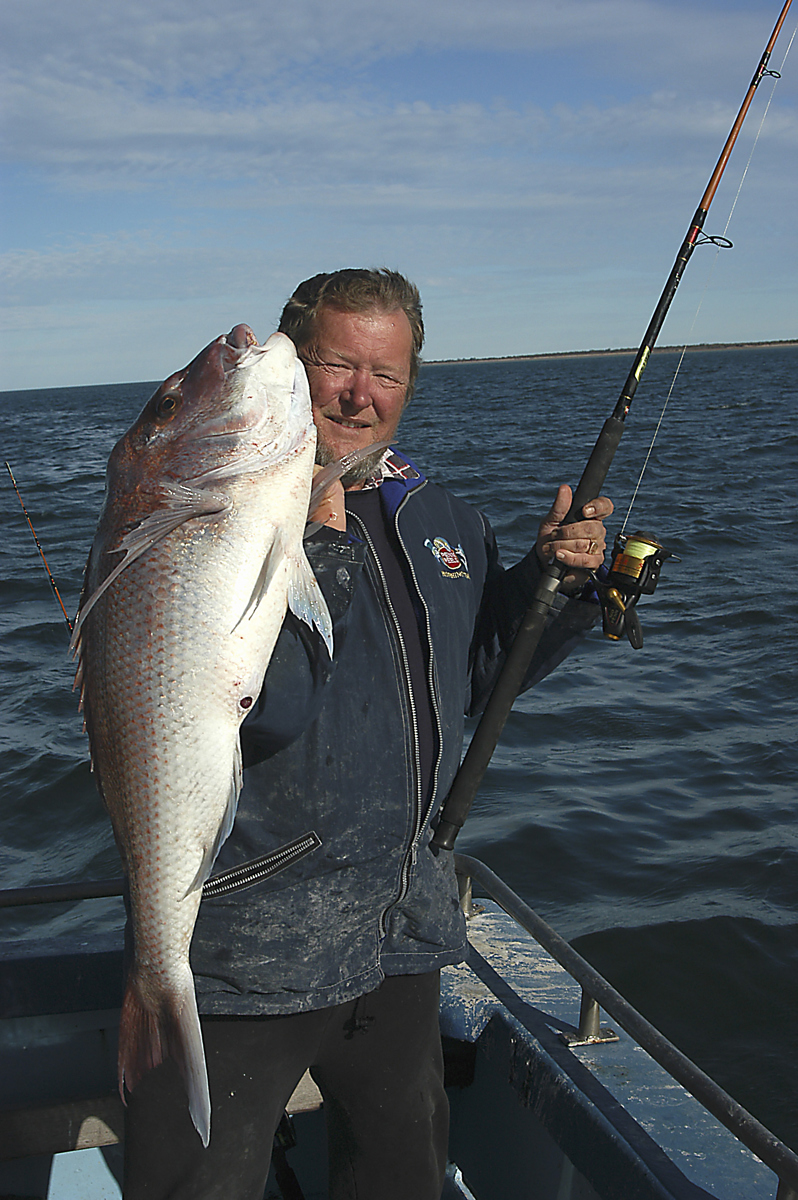
The exact timing of the snapper’s arrival is impossible to calculate. All we know is that thousands of fish, fat from their winter-feeding off the south west of the State, make the eastward journey through the Southern Ocean into Bass Strait. The route they follow locked in some inner natal memory; their sensors detecting and reading trace elements in the water as we would a road map.
Instinct and water temperature (15 degrees C) tells these fish when to move into Port Phillip. Historically this begins slowly. Probing snapper begin appearing around September, with the bulk of the snapper in the bay by October.
For these fish, the purpose of their visit is to reproduce, thus ensuring the survival of the species. They are serial spawners and a lot of this activity occurs during the first three months. Snapper remain in the bay until late autumn when those that have survived make a mass exodus to winter somewhere in the deeper waters off our coast.
WHERE TO FISH
Perhaps the most important question for budding snapper anglers is where to fish. The key is to understand where they are likely to be feeding. Snapper concentrate in selected areas for short time periods. Sometimes they arrive and depart with a tide, but this can go on for a week or more over the same patch of territory. During daylight, they will forage in channels and deeper areas over broken ground and reefs. After dark, snapper often move inshore to feed, sometimes in water as shallow as two metres where they seek out small crabs, other crustaceans and molluscs, that inhabit mud flats and rubble grounds.
The best time to fish the shallow areas is during or immediately after a blow has stirred up the bottom and reduced water clarity.
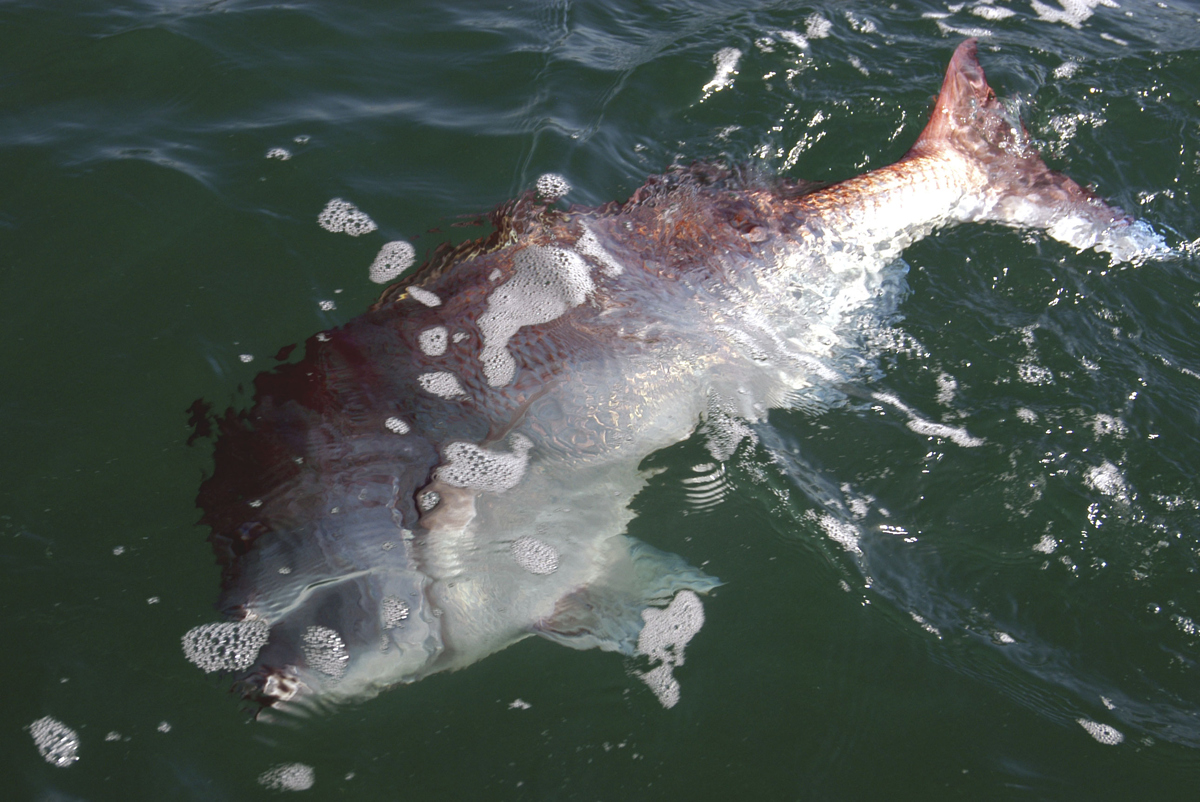
As a starting point for offshore anglers, drop the pick on the clear ground near a reef or the edge of a channel and work the area regularly. Wherever possible, fish parallel to a reef rather than on it. Snapper will work along the margins and the chances of hooking a fish are the same as if you were dropping bait right on the reef. The advantage is that your chances of losing fish because of frayed line caused by broken shells or jagged rocks are minimal.
For the land-based angler, Port Phillip Bay abounds with suitable fabricated structures and rocky outcrops, many of them within easy casting distance of likely gutters and channels. The most popular fishing platforms are the piers and breakwaters ranging from Mornington right around the Mornington Peninsula to places such as St Kilda, Port Melbourne, St Leonards, Pt Lonsdale, and piers and jetties in Corio Bay. The hot spots at this time of season are St Leonards and Mornington Piers. St Leonards is often best after or during a northerly blow, especially around Melbourne Cup weekend; Mornington pier often comes on well after a strong blow from the west has stirred up the water.
RIGS
The least resistance is always best, regardless of where you are fishing. If you can eliminate the sinker or perhaps cut it down to pea-size and allow it to run along the line up to the bait, do so. A running sinker rig with a 15kg breaking strain leader is popular, and when seeking big snapper employ two hooks on the leader, the second hook either sliding to act as a keeper or fixed to the leader. The main rule of hook selection is that bait size controls hook size. Do not use big hooks with small baits or vice versa. Sharp hooks are understood, and in that regard, you can’t go past the chemically sharpened types.
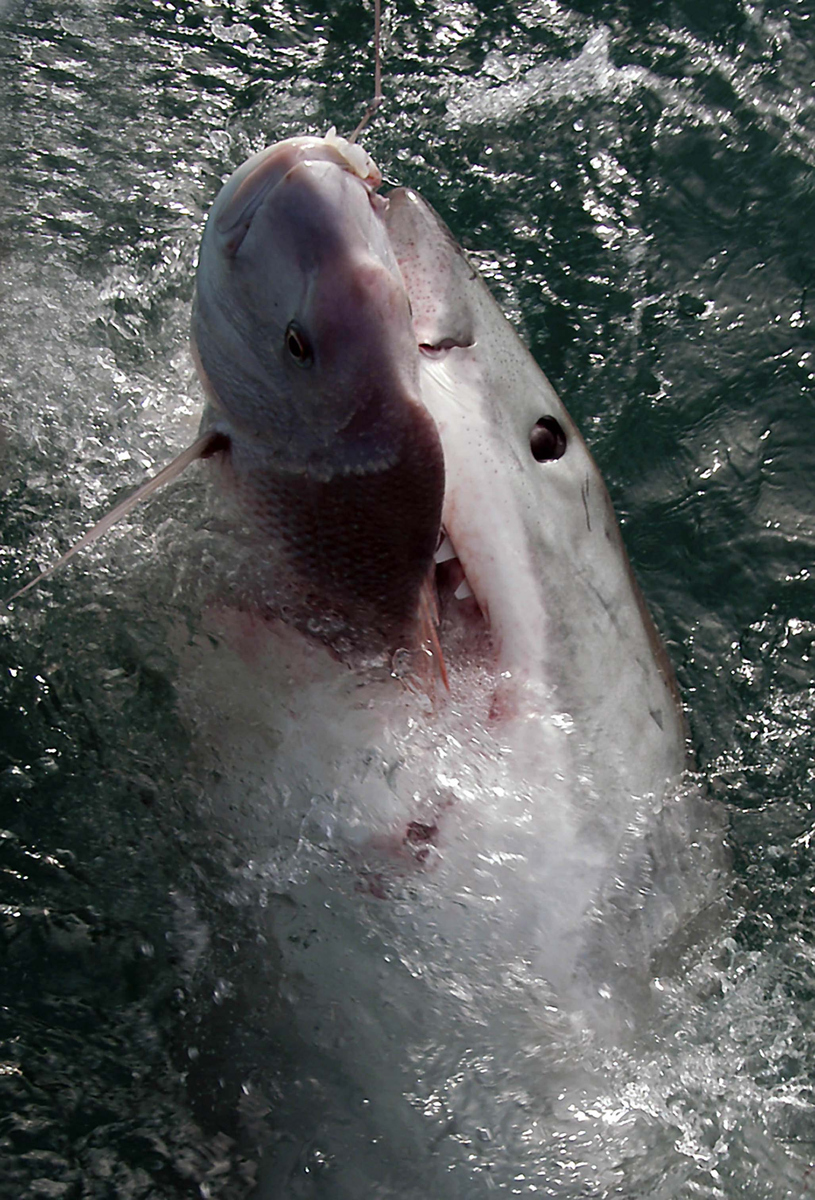
TACKLE
The rod needs to suit the occasion, boat or land-based. It needs low down grunt or lifting power, but a tip light enough to enable an unweighted bait to be cast out. The most popular rods in use are about 7-10kg, about 2.2 metres long. Most shop-bought snapper rods are designed for use with threadline reels. The basic requirements of the reel are a smooth drag system and a spool capacity of about 250 metres of line.
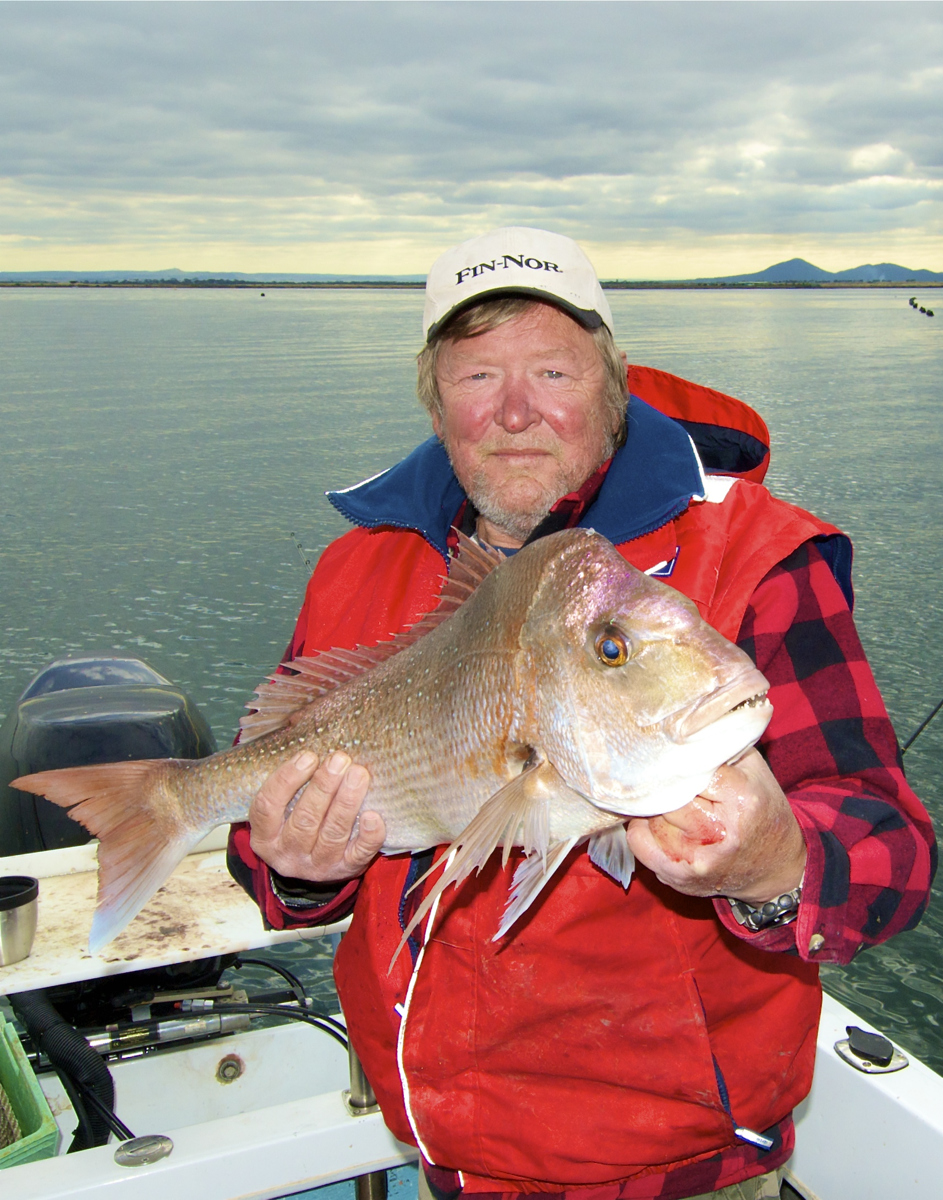
BAIT
When it comes to bait, keep in mind that a snapper is a marine version of a crow in that it fills an ecological niche that sees them eat just about anything from chewing gum and steak, to apple cores and fried chicken. And while the aforementioned foodstuffs have been found in snapper, you will have more success choosing a bait from the following: squid, cuttlefish, garfish, silver whiting, mullet, flathead (skinned), octopus, salmon, pilchard and fish heads. If you want to concentrate solely on big snapper, use fish heads. Small snapper struggle to eat with heads, but a big snapper will crush and swallow a couta or whiting head like you or I will chomp a jelly bean.
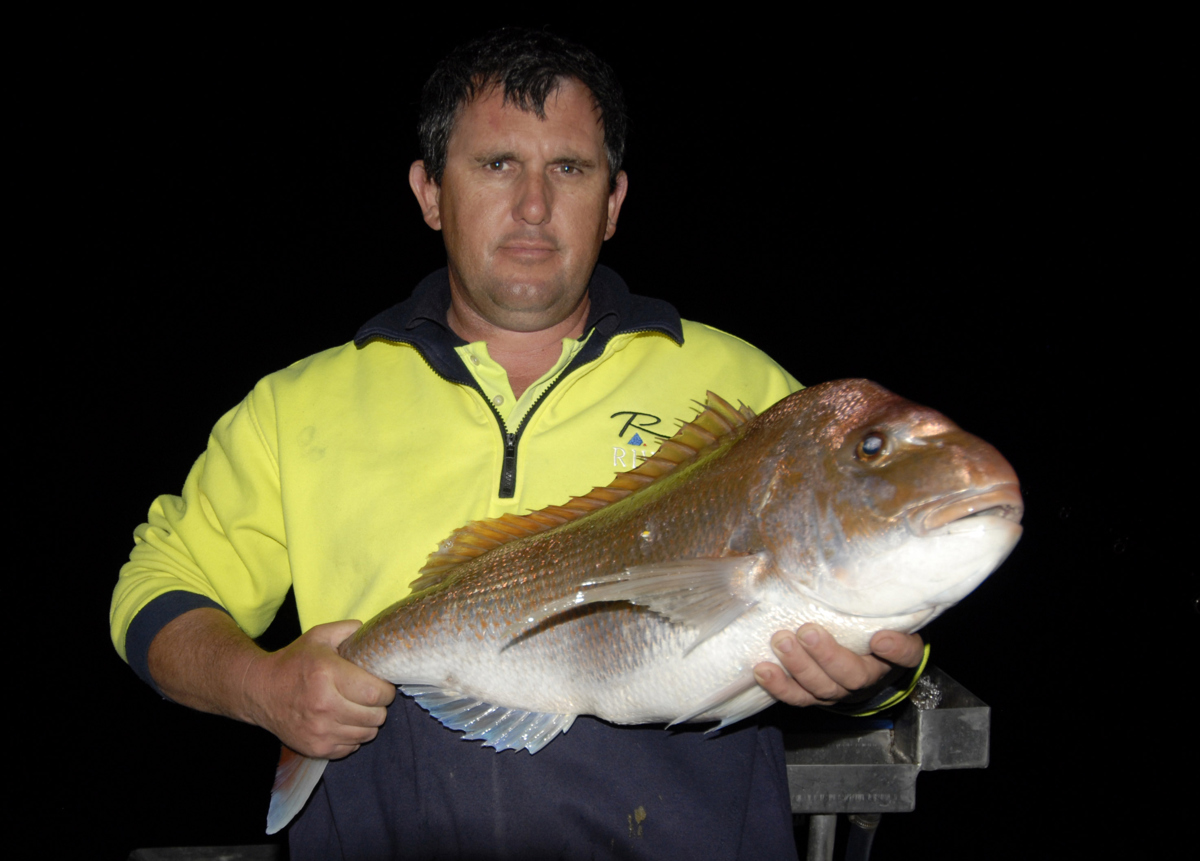
STEVE COOPER won two Walkley Awards for investigative journalism but his great love is fishing and he is renowned as one of Australia’s foremost writers and broadcasters on the subject.


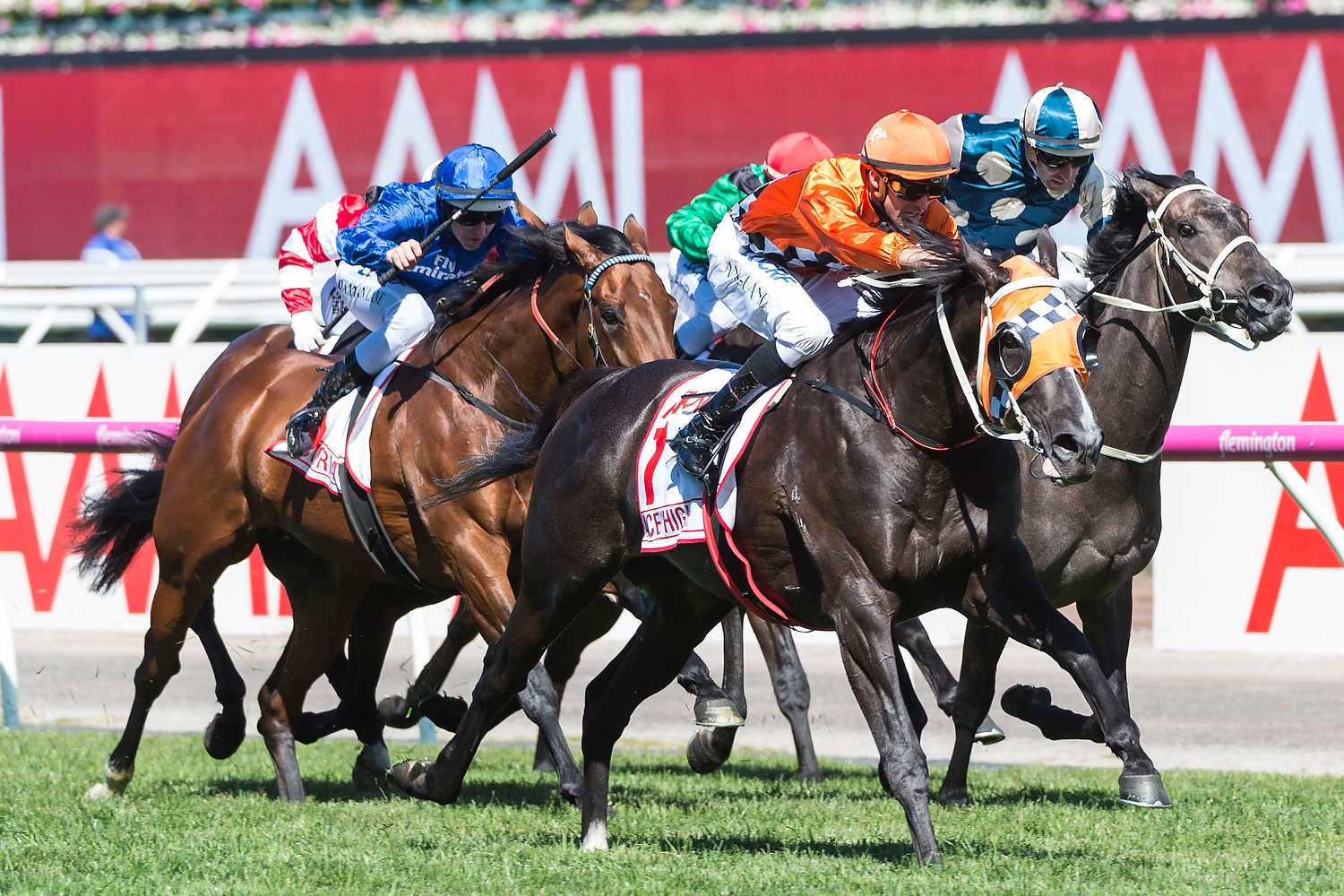
Discussion about this post